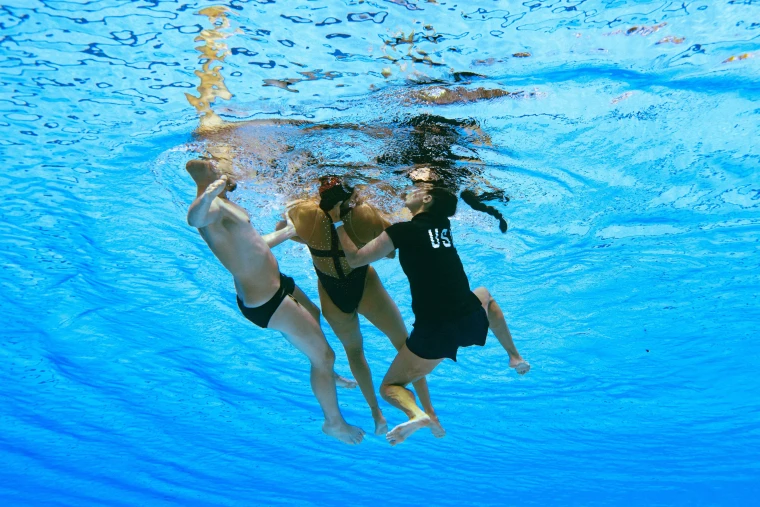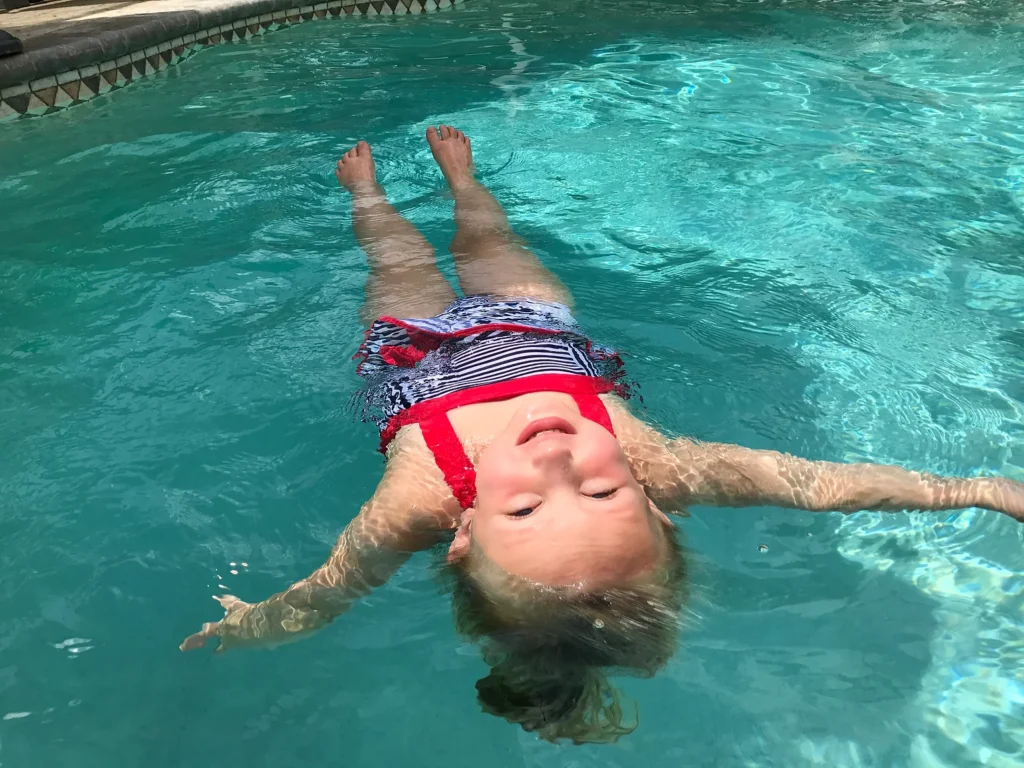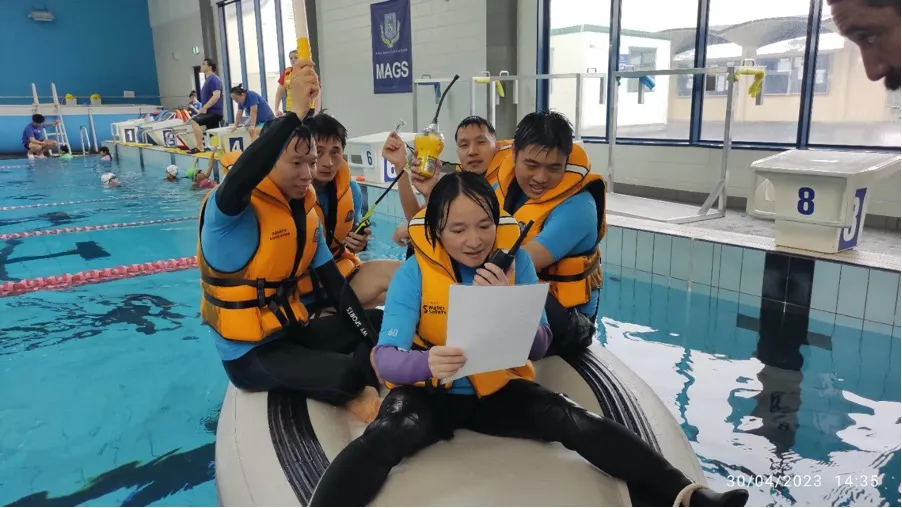Drowning Prevention
- Admin
- May 13
- 4 min read

Pools are almost open and with that being fact, I would like to remind you of few facts about water. Any body of water. Pool, beach, lake... Drowning can happen to anyone. Literally. Good swimmers, young or elderly individuals, but mostly kids 0-4.
In the U.S., an average of 3,500 to 4,000 people drown per year, which equates to about 10 fatal drownings per day.
Drowning is the leading cause of death for children ages 1-4 and remains the second leading cause of unintentional injury-related death for children ages 5-14.
Over 4,500 people died due to drowning each year from 2020–2022, marking an increase of 500 deaths per year compared to 2019.
Males are at higher risk, with twice the overall mortality rate of females.
80% of child drownings happen in residential pools while an adult is present.
Children 5 to 17 years old are more likely to drown in natural water, such as ponds or lakes.
One system showed to be the best in drowning prevention and that's swim lessons. It's not gated water, it's not alarm systems or cameras, it's, did the child have swim lessons or not yet? We can teach as early as 90 days old to 90 years old. Plese enroll all non-swimmers in the family into swim courses. Or community water safety events. Local governments already doing a lot in drowning preventions, but this year we will take it straight to congress and try to pass the SWIM Act of 2025, or Safe Water Instruction for Minors Act of 2025. To amend the International Revenue Code of 1986 to treat qualified water competency and water safety lesson expenses as medical expenses. Keep our fingers crossed for us, as we really believe this will reduce this horrible all preventable heartbreaking statistics, greatly. We spend a month in preparation to visit all office buildings, and I couldn't be prouder to be part of this team, with this much success and greatness. From golden Olympians to swim school owners, builders and management companies, we unite in our mission to prevent drownings.
What can you do for your family?
Staying Safe: A Guide to Drowning Prevention
Water can be a source of fun, relaxation, and adventure—but it also comes with risks. Drowning is a silent and often quick occurrence, making prevention absolutely essential. Whether you're at the pool, beach, lake, or even near home water sources, taking the right precautions can save lives. Here's how you can stay safe and help others do the same. And I always recommend having a designated lifeguard. Usually that's me, as I'm nondrinker and I love water, I'm always in the water, first to intervene and also, I fear water. I'm always looking.
1. Learn to Swim
Swimming is a vital life skill that reduces the risk of drowning. Enroll in swim lessons, especially for children, and practice essential survival techniques like floating, treading water, and safely exiting different water environments.
2. Supervise Closely
Drowning happens fast, and it can be silent—no dramatic splashing or cries for help. Always keep a close eye on children and inexperienced swimmers, and avoid distractions like phones or reading while supervising.
3. Use Life Jackets, Not Just Floaties
Inflatable toys or floatation devices like water wings can give a false sense of security. Approved life jackets offer real protection, especially for young children and non-swimmers.
4. Know the Risks of Open Water
Lakes, rivers, and oceans pose unique challenges, including unpredictable currents, hidden hazards, and sudden drop-offs. Be aware of swimming advisories and local conditions before entering the water.
5. Follow Pool & Beach Safety Rules
Respect signs and warnings, adhere to designated swimming areas, and avoid rough waters or areas without lifeguards.
6. Learn CPR & Emergency Response
Knowing CPR can be the difference between life and death in a drowning situation. Consider taking a class to learn essential life-saving techniques, and always have emergency numbers and first aid supplies nearby.
7. Avoid Alcohol Around Water
Alcohol impairs judgment, coordination, and reaction time, increasing the risk of drowning. Whether swimming or supervising others, stay sober to ensure clear-headed decision-making.
8. Secure Home Water Sources
Drowning can happen in bathtubs, buckets, and backyard pools. If you have a pool, install fencing with self-latching gates, and never leave standing water in containers that children can access.
9. Recognize Drowning Signs
Unlike in movies, drowning often looks subtle—a person may appear to be bobbing quietly, unable to call for help. If someone seems motionless or struggling in the water, act immediately.
10. Encourage a Water Safety Mindset
Make water safety a routine discussion among family and friends. The more awareness and preparation, the safer everyone will be.
Preventing drowning is about preparation, awareness, and proactive safety measures. Water is meant to be enjoyed—but always with respect. By taking simple yet powerful steps, you can help make aquatic environments safer for everyone. Call us for recommendation of safety covers and fences or alarms. And call ME for swim lessons, any age, voluntarily I will teach 5 swim lessons, in convenience of your home at your pool.
If you're playing with your kid in the water, I highly recommend teaching them how to get out of the pool, how to swim to the edge, how to flip and flote on their back and how to call for help while floating. Or how to climb a boat or anything floating.
Drowning is a significant cause of unintentional injury-related deaths, but how does it compare to other leading causes? Here's a breakdown:
Motor vehicle crashes remain the leading cause of unintentional injury deaths across all age groups.
Drowning is the leading cause of death for children ages 1-4, surpassing motor vehicle accidents in this age group.
For children ages 5-14, drowning is the second leading cause of unintentional injury death, following motor vehicle crashes.
Falls, poisoning, and suffocation are also major contributors to unintentional injury deaths, particularly among older adults and infants.
Drowning deaths have remained relatively stable, with over 4,000 fatalities per year in the U.S., while other causes like opioid overdoses have seen dramatic increases.
These comparisons highlight the importance of drowning prevention, especially for young children.
I'm looking forward to another great pool season, summer, with lots of fun and core memories from the deck.
Thank you for being here,
Jelena






























Comments